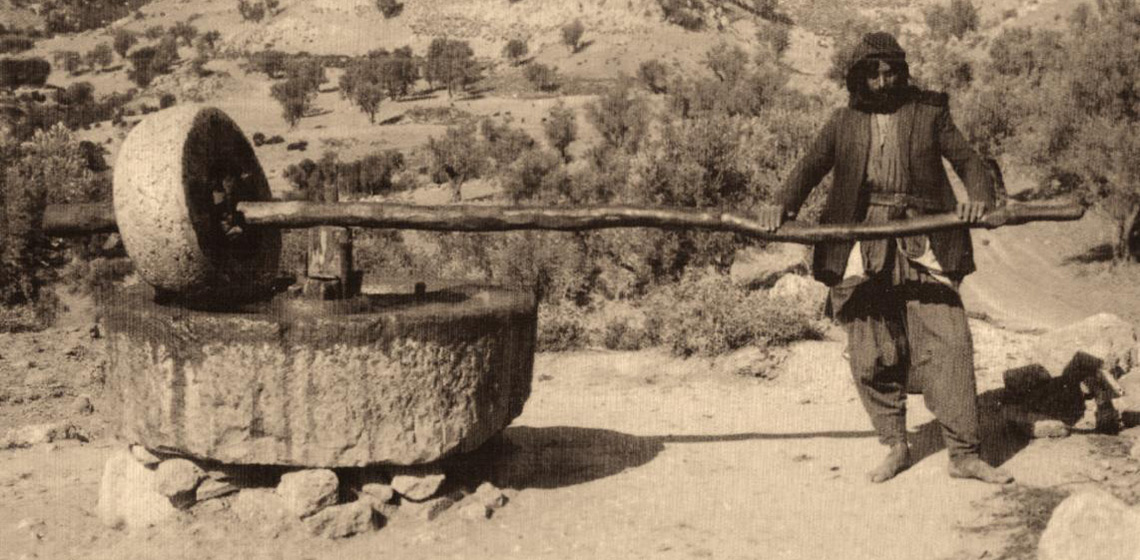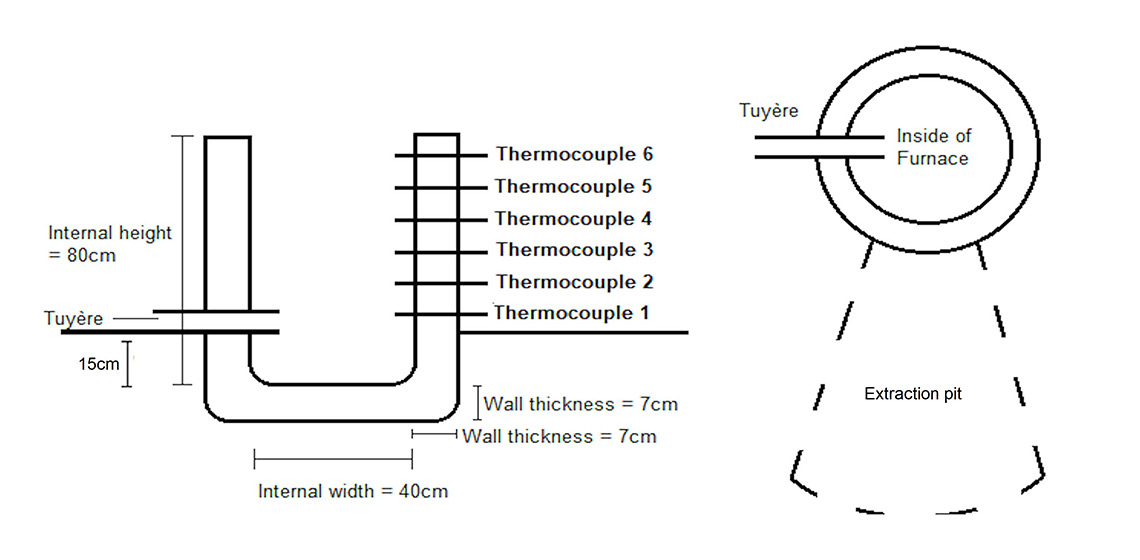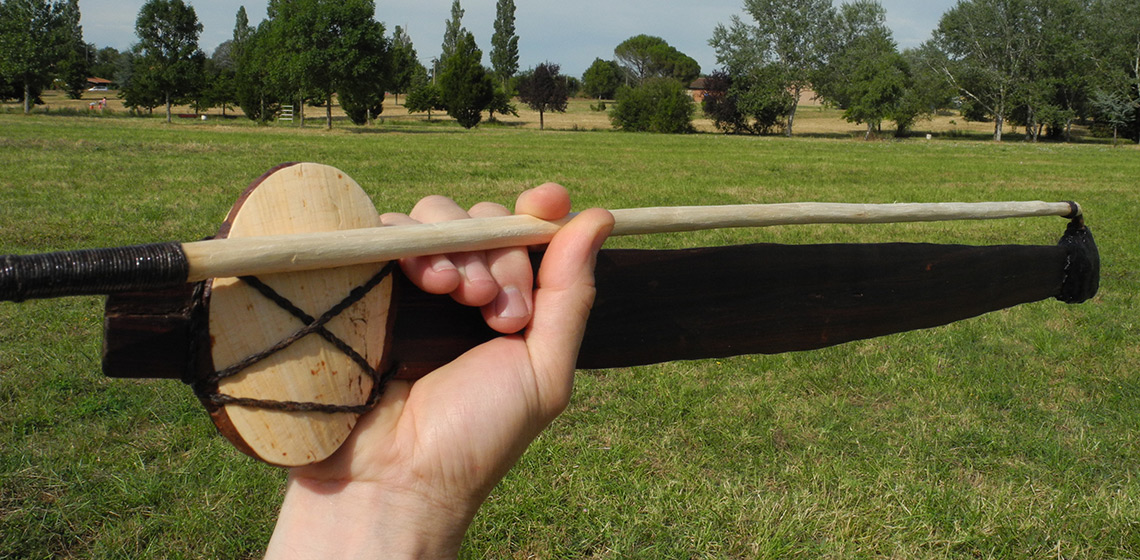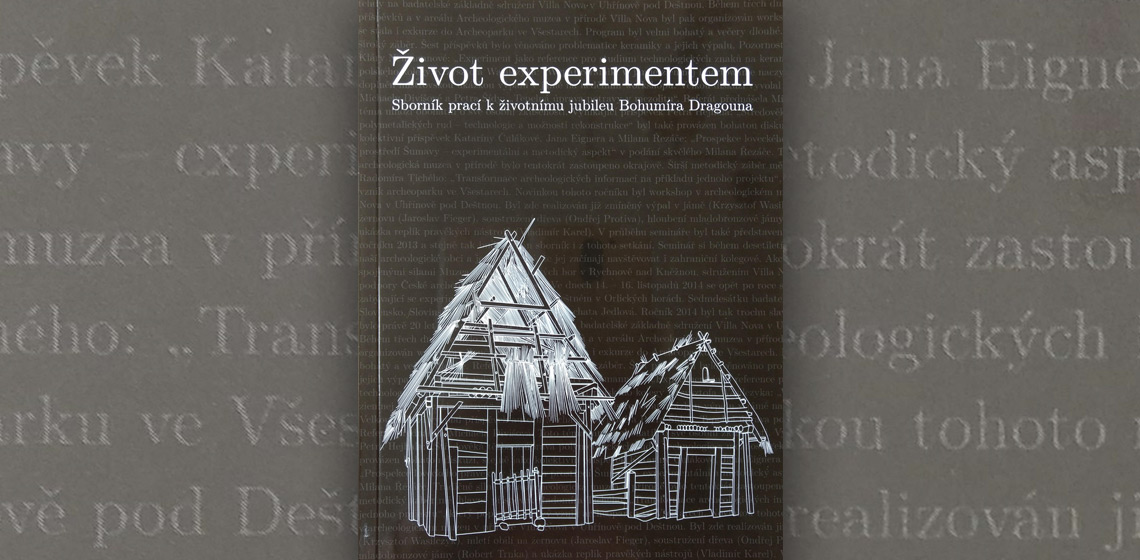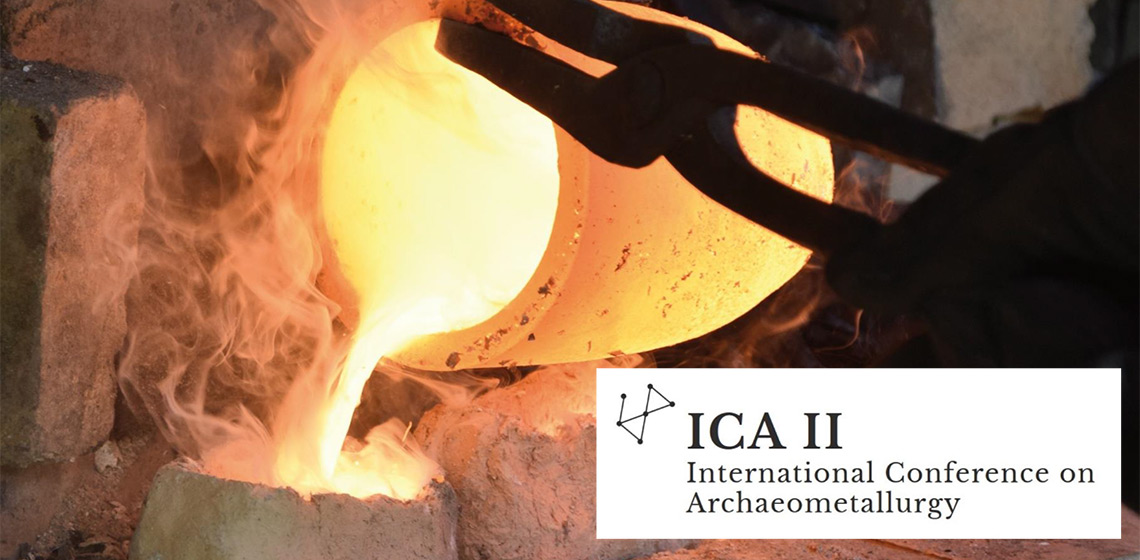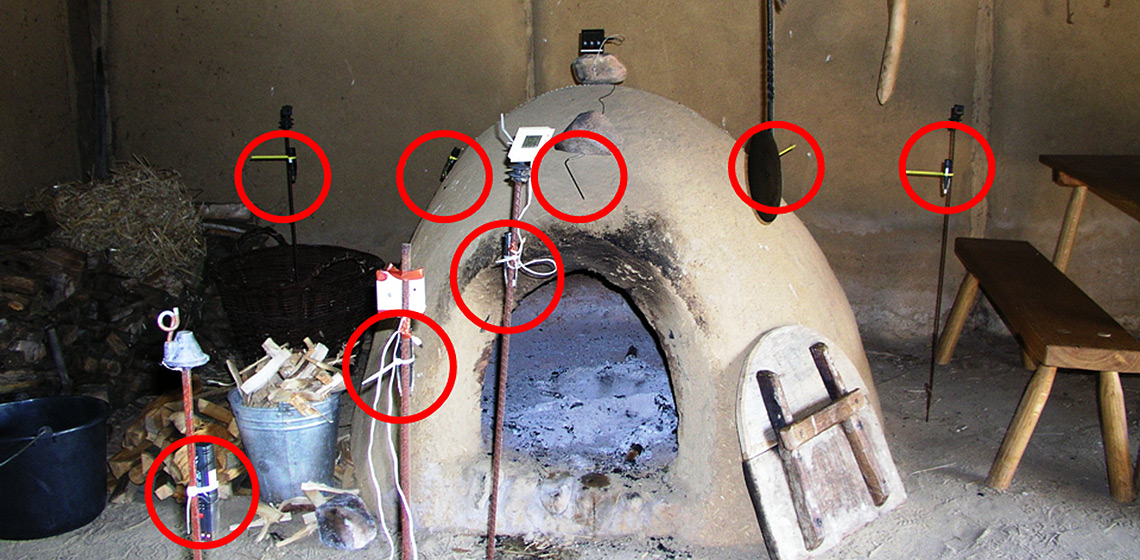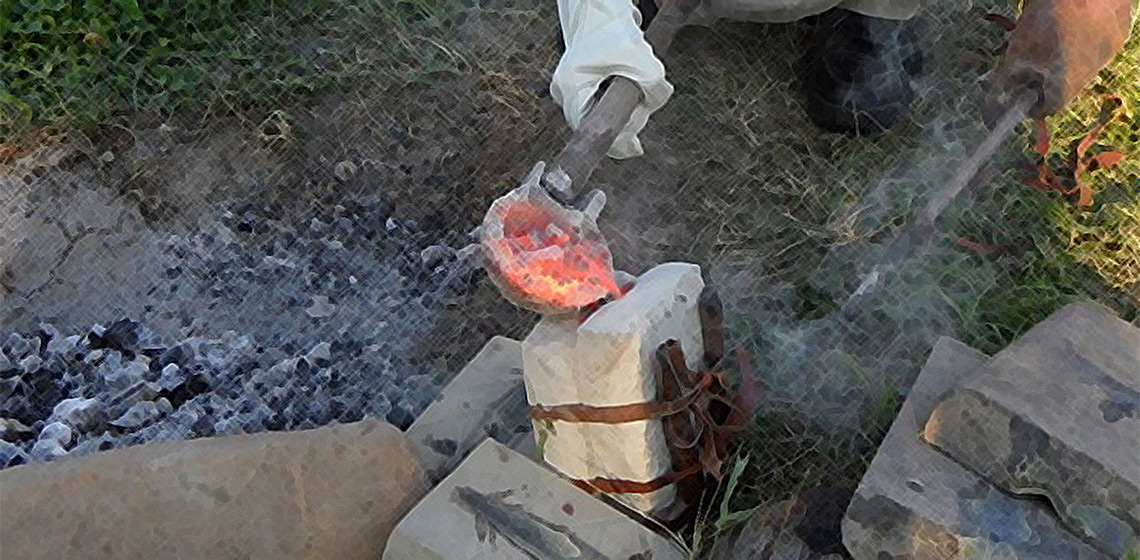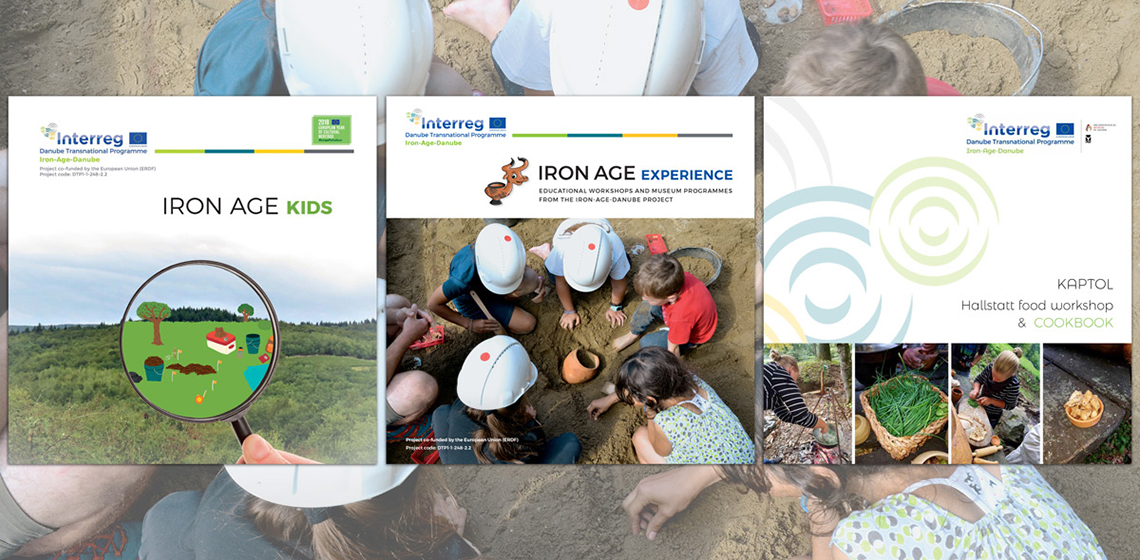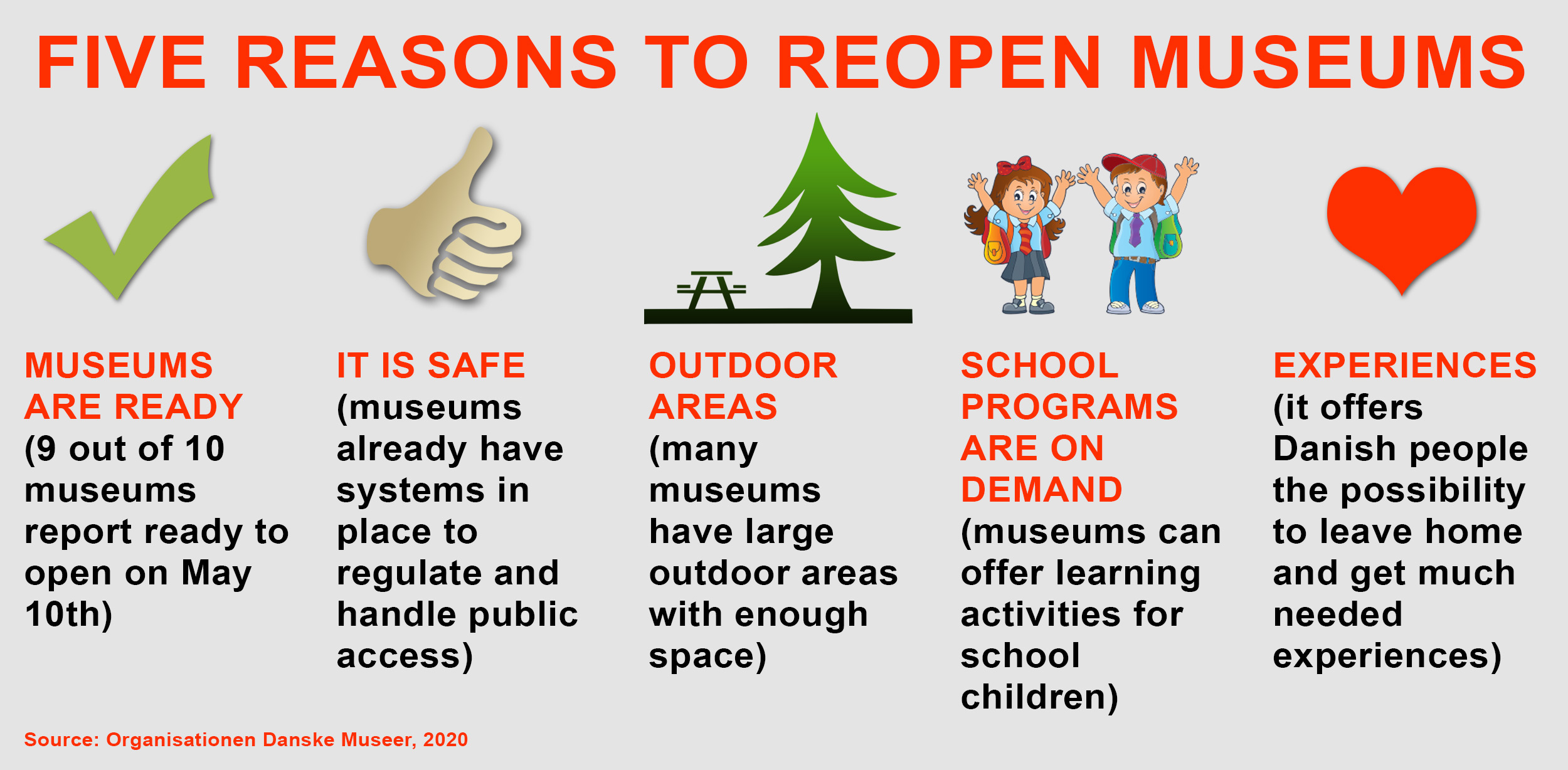
© EXARC, 2020; ISSN: 2212-8956;
Publishing date: May 25, 2020;
PDF: EXARC Journal 2020/02 Table of Contents
The EXARC Journal consists of Reviewed articles and unreviewed Mixed Matters contributions. As a Service to all our Interested Readers, the Full EXARC Journal is Open Access. Please consider supporting EXARC with a donation (PayPal) or Become an EXARC Member.


